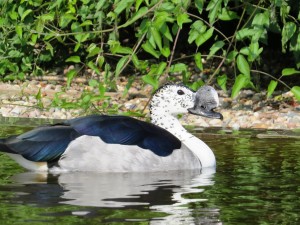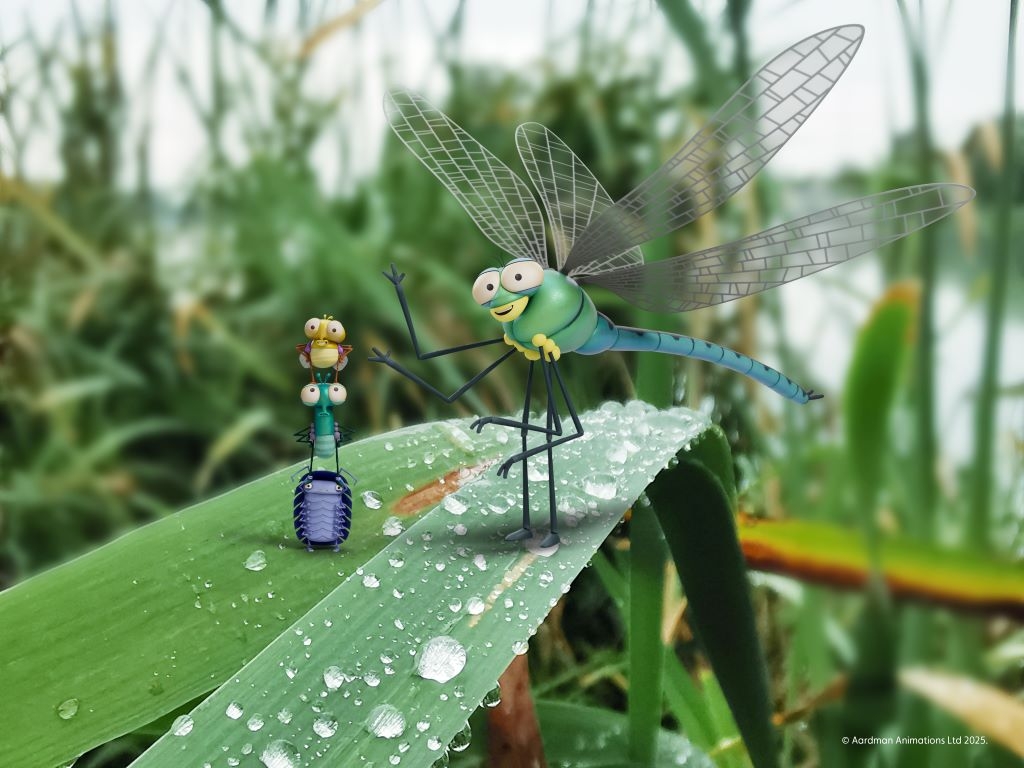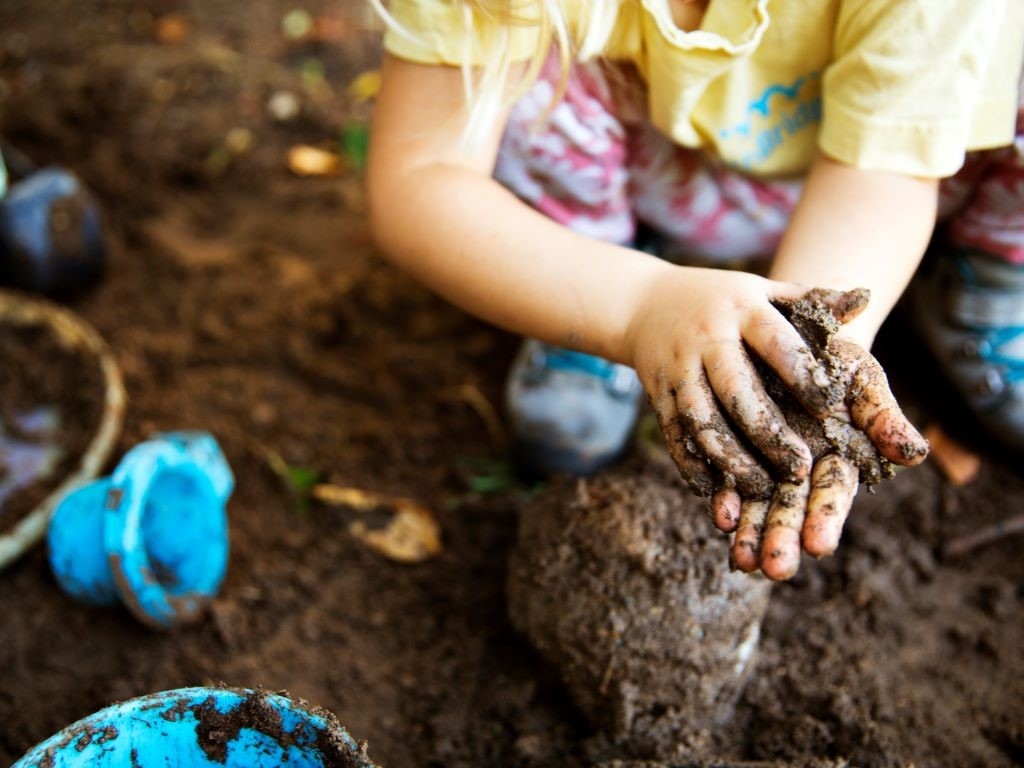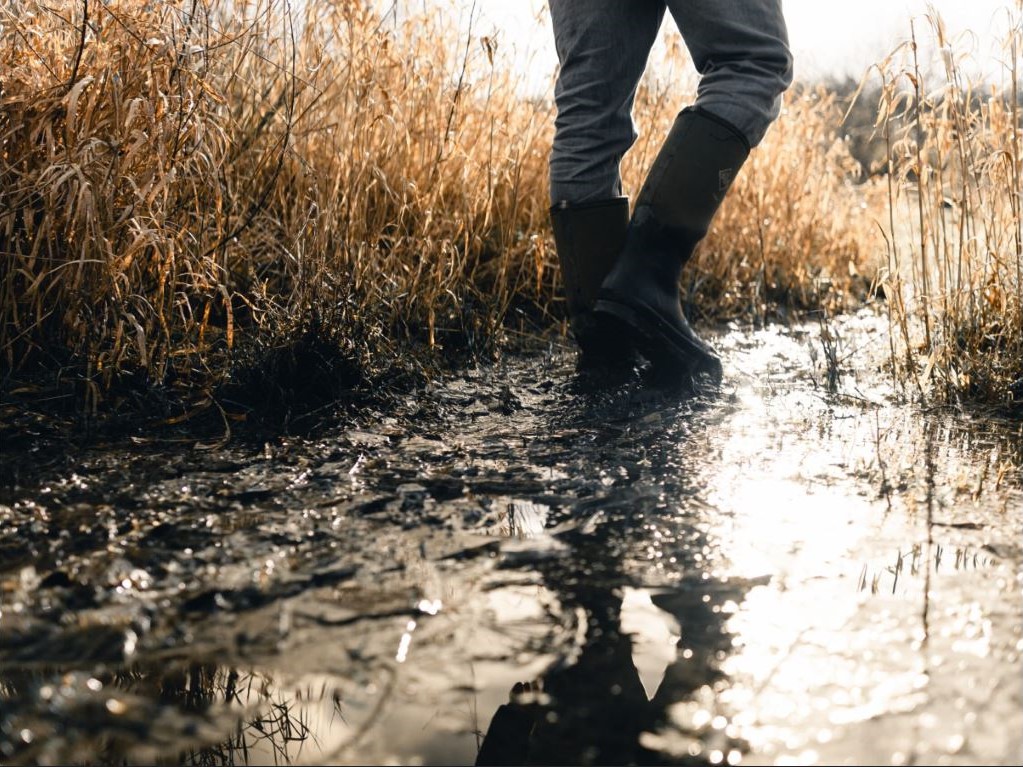Some of the world's largest wild ducks have arrived at Castle Espie and are waiting to meet you.
 Some of the world’s largest wild ducks have arrived at WWT Castle Espie Wetland Centre and are waiting to meet you.
Some of the world’s largest wild ducks have arrived at WWT Castle Espie Wetland Centre and are waiting to meet you.
The comb ducks are more than twice the size of a rugby ball and have a wingspan approaching 5 feet, or 1.5 metres wide. They would have no hope of fitting into hand baggage on a Ryanair flight.
The males have a large protrusion on the top of their bill – from which the duck gets its alternative name, the knob-billed duck. The males appear to be black and white but when looking closely their darker feathers appear deep iridescent blues and greens. For a comb duck it’s all about the imposing look. Their call is usually silent, may give soft wheezing hiss when flying. They are more vocal during display, when males hiss and utter guk-guk calls. Male has soft clucking or melodious karoo-oo and harsher krek-krek.
These beautiful ducks are joining Castle Espie’s collection of amazing wildfowl from around the world on the shores of Strangford Lough. The Wetland Centre introduces adults and children alike to the wonders of wetland birds and their habitats, with stunning scenery and nose-to-beak encounters with some of the world’s most dramatic and rare birds.
The comb duck is threatened right across the southern hemisphere by habitat destruction and through being shot, often by farmers protecting their crops. However there is still a lot of hope for its survival because it remains numerous across a large range – the global population size is currently estimated at up to 690,000, split between four populations in African/Asian and one in South America.
WWT Castle Espie Wetland Centre Grounds and Reserve Manager, Kerry Mackie highlighted:
“Wildfowl are amazing because of the sheer range of colours, patterns and shapes they display.
“Unlike ducks which dabble and dive, comb ducks are grazers. Seeing the size they grow to, we’re going to need plenty of grain to keep them fed!”
“Come down and meet our new super-size arrivals, and you’ll find plenty of other ducks, swans and geese who would love you to meet you too in a beautiful and safe wetland setting.”
If you’d like to hand feed the other ducks in our collection, grain is sold in the shop just before you go into the collection.



